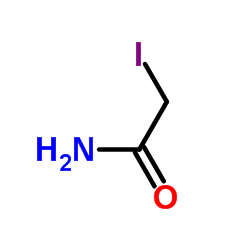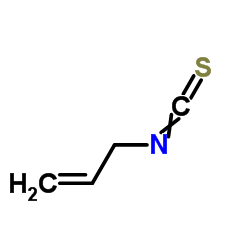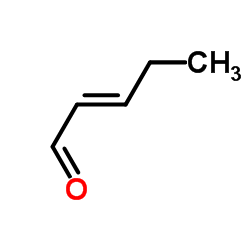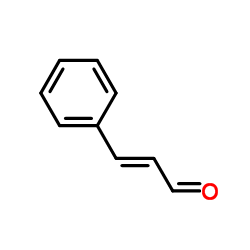| Structure | Name/CAS No. | Articles |
|---|---|---|
 |
Iodoacetamide
CAS:144-48-9 |
|
 |
Allyl isothiocyanate
CAS:57-06-7 |
|
 |
(E)-2-Pentenal
CAS:1576-87-0 |
|
 |
Cinnamyl alcohol
CAS:104-54-1 |
|
 |
Cinnamic aldehyde
CAS:14371-10-9 |
|
 |
Propionaldehyde
CAS:123-38-6 |
|
 |
Cinnamaldehyde
CAS:104-55-2 |